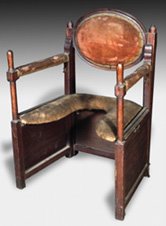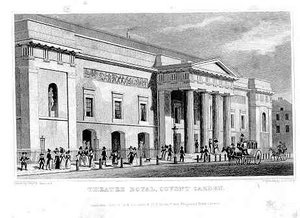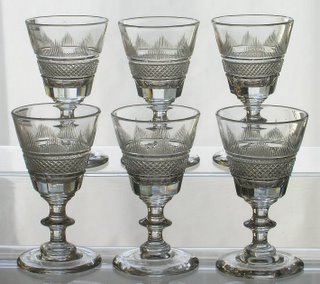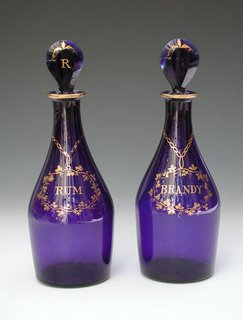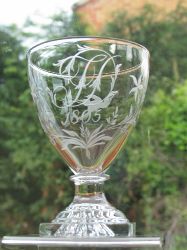
Time to clear the literary palate…I was brought up in England, so I read some peculiarly English things–for instance, much Enid Blyton, the bane of teachers and parents for her awful and clunky prose, overuse of exclamation points (!!) and general idiocy, but beloved by many generations of English kids. I was a big admirer of the Famous Five series, starring Julian (older brother), Dick (fairly useless younger brother), Anne (their sister, a girly girl), their cousin George and her dog Timmy. George, aka Georgina, really really wanted to be a boy and I think she was destined to have some problems later on in life. The Five, in a fantasy world of endless school holidays, spent their time tracking down Evil Foreigners/Criminals who were doing Dastardly Deeds (usually involving the kidnapping of a geeky sort of scientist for his Big Secrets). Fab stuff. At a tender age I did some math and figured out, that counting three school holidays a year, the Famous Five were well into their 30s (and Timmy must have been a doddering canine geriatric), but they hadn’t aged a bit. Just as well, for George’s sake.

That’s the low end of the pile. How about the good stuff? One outstanding book is A Traveller in Time by Alison Uttley, one of the best time-travel stories I’ve ever read. It’s about a young girl who, when visiting her family in the country, goes back in time to become involved in the Babbington plot to overthrow Elizabeth I and put Mary Queen of Scots on the throne. It is a wonderfully dreamy and evocative book with a great use of language and historical detail, and the time travel details are absolutely convincing.

Another writer whose stuff I occasionally dip into now is Rosemary Sutcliffe, who wrote historical novels, concentrating mainly on the Roman-British occupation, and the period after the departure of the Roman legions from Britain. She’s another writer who created a vivid and believable world–you know she’s making stuff up but it feels absolutely right.

I could, but won’t, write a whole blog entry on Edith Nesbit, socialist, feminist, author, whose most famous book in the US is The Railway Children. I was fascinated by the adventures of children in the late Victorian period–even in the books that feature fantasy and magic, it was the ordinary fabric of everyday life that I found the most interesting. The Railway Children was made into a movie starring Jennie Agutter as its heroine Bobbie (another girl who wanted to be a boy but not as adamantly as George), and she starred as the children’s mother in a more recent version made by the BBC. A wonderful, major tearjerker.

And then there’s Rudyard Kipling. Yes, I know he was a racist, sexist misogynous product of his times, but boy, could that gent write. I feel an immediate kinship with anyone who knows what I’m talking about when I mutter the great, grey greasy Limpopo River or I am the Cat who walks by himself and all places are alike to me–both quotes from the Just-So Stories. Check out the lovely art-deco style illustrations by Kipling himself–here, the Elephant’s child is discovering what the crocodile has for dinner.
So, what did you read when you were a kid?


